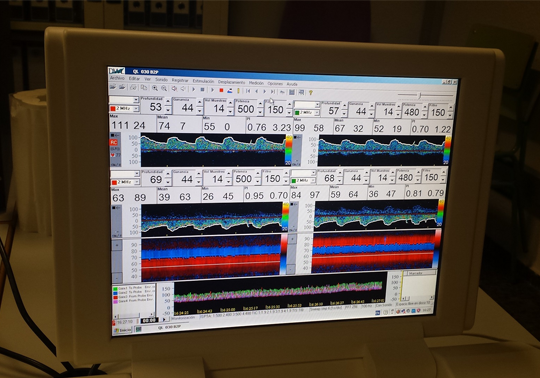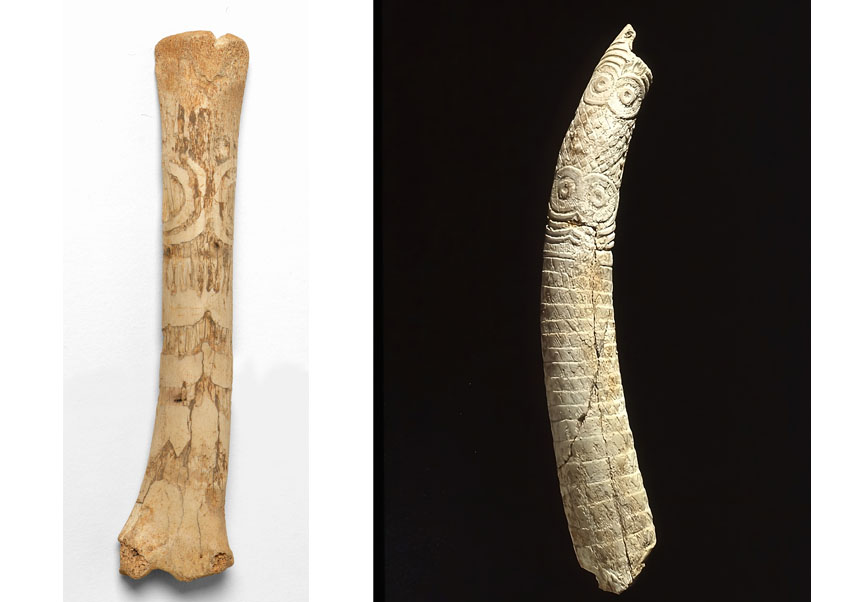Universitat de València takes part in a study that provides new data to deal with the chronic pain in patients with fibromyalgia
- July 31st, 2017

A study in which the Universitat de València has taken part allows us to better understand the neurological basis of pain in patients with fibromyalgia. It also provides new keys to develop, in the future, new techniques to diagnose this disease that are more accurate and reliable as well as treatments that help these patients to better deal with the chronic pain.
The Universitat Politècnica de Valencia, Universitat de València, Hospital Universitari i Politècnic La Fe, Universitat de les Illes Balears (UIB), Universidad de Granada (UGR), and the Asociación Valenciana de Afectados de Fibromialgia (AVAFI) have taken part in the study. The conclusions have been published in the prestigious scientific magazine PLOS ONE.
The main objective of the research was to characterise the speed of the brain blood flow in resting-state conditions in fibromyalgia patients in order to have a better knowledge on the relationship between specific patterns of brain activity and the perception of pain of these patients.
15 women with fibromyalgia and 15 healthy women between the ages of 33 and 67 took part in the study. The volunteers must remain at rest during five minutes while the speed of the blood flow in the middle and anterior cerebral arteries was monitored through an innocuous technique based on ultrasounds and called Doppler Transcraneal.
‘These arteries were chosen since they fed different bran areas related to pain. It was expected to observe different speed patterns of the blood flow when comparing between patients and the general population’, says Beatriz Rey, researcher of the Department of Graphic Engineering in the UPV and coordinator of the research.
The researchers applied different signal processing algorithms based on time, spectral, time-frequency and complexity analysis to obtain different parameters of the registered signals and be able to characterise them.
Patricia Mesa, the researcher and professor of psychobiology at the Universitat de València, explains that the responses of patients related to anxiety, depression and sensitivity to pain were analysed. In this regard, higher scoring was observed in fibromyalgia patients. Moreover, significant correlation between these psychological measures and the physiological parameters were observed. Patricia Mesa explains that ‘this kind of results are interesting to understand the brain functioning of the fibromyalgia patients, as well as its possible relationship with the psychological and emotional symptomatology that these patients usually show. Furthermore, it is particularly relevant when it comes to consider effective strategies of psychological intervention’.
Greater complexity
This research delves into the knowledge on the modifications in the brain functioning as a consequence of chronic pain and the negative emotions that these patients suffer. The results show that, in comparison with the general population, the fibromyalgia patients show a greater complexity in the signal of the speed of the blood flow, as well as a different distribution in the power spectral density. In addition to this, they have observed correlations of this parameters with the pain clinic, anxiety and depression levels measured through questionnaires.
‘The observed alterations could reflect differences in the peripheral vasomotor activity, among other aspects, in the vegetative nervous response or in the brain autoregulation. A better knowledge of the pain neural bases can help in the future to design treatments that allow the patients to better deal with the chronic pain’, affirms Alejandro Rodríguez, researcher at the Department of Graphic Engineering of the UPV.
Chronic pain
The chronic pain represents a health problem and a very important socio-economic burden for the individual and society since it affects the life of 20% of the population. Its cost can exceed 3% of the Gross domestic product in the developed countries. From a scientific point of view, to understand how the pain becomes chronic and how to reverse the effects is one of the most important scientific challenges in Europe in the 21st century.
‘This study shows that these changes mainly affect the responsible areas for noticing and alleviating this pain. It is possible that the persistence of pain over time is a consequence of these alterations and, therefore, the efforts should be addressed to improve the knowledge of how to revert this changes to make the brain work in a more adaptive way’, affirms the doctor Pedro Montoya, full university professor at the Department of Psychology and main researcher of the group Neurodynamics and clinical psychology at the Universitat de les Illes Balears.
The research is framed within the BRAIN2PAIN project (“Modulación de la actividad cerebral para aliviar el dolor: aportaciones del Doppler Transcraneal), funded by the Ministry of Economy and Competitiveness.
Bibliographic reference
Alejandro Rodríguez, José Tembl, Patricia Mesa-Gresa, Miguel Ángel Muñoz, Pedro Montoya & Beatriz Rey. (2017). «Altered cerebral blood flow velocity features in fibromyalgia patients in resting-state conditions», PLOS ONE, 12(7): e0180253. https://doi.org/10.1371/journal.pone.0180253
















